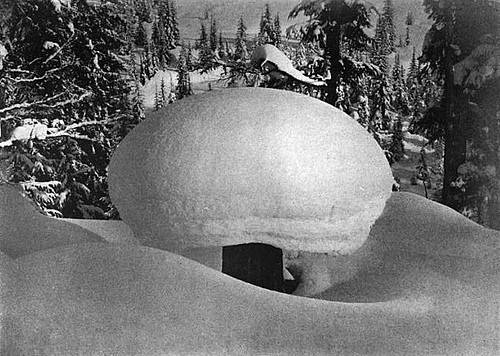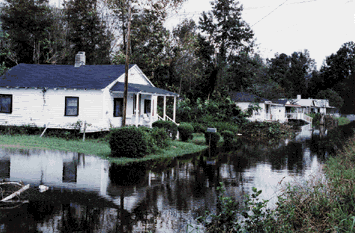On Nov. 24, 1984, the Spokane, Wash., Spokesman-Review reported the discovery of a massive chunk of earth, 10 feet long by 7 feet wide, that had somehow been plucked from the ground and put down, right side up and intact, 73 feet away. Roots had been torn apart rather than cut, and, strangely, the debris between the hole and the slab traced an arc rather than a straight line.
“All we know for sure is that this puzzle piece of earth is 73 feet away from the hole it came out of,” said geologist Greg Behrens.
Similar “cookie-cutter holes” have been observed elsewhere; the earliest known reference is in the Royal Frankish Annals of the 8th century:
In the land of the Thuringians, in the neighborhood of a river, a block of earth fifty feet long, fourteen feet wide, and a foot and a half thick, was cut out, mysteriously lifted, and shifted twenty-five feet from its original location.
No doubt there’s a mundane explanation for this, but for now no one knows what it is.



